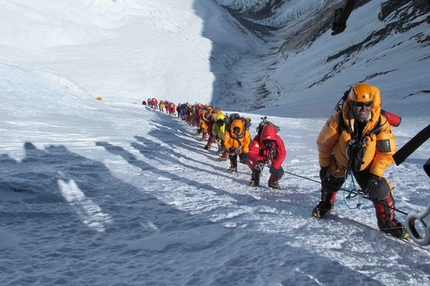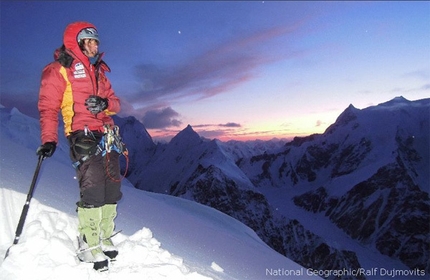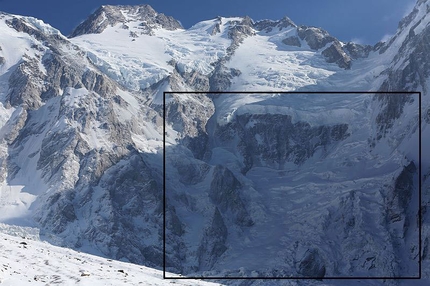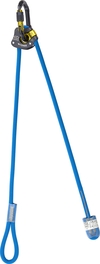Ralf Dujmovits, dream vanishes of climbing Everest without supplementary oxygen
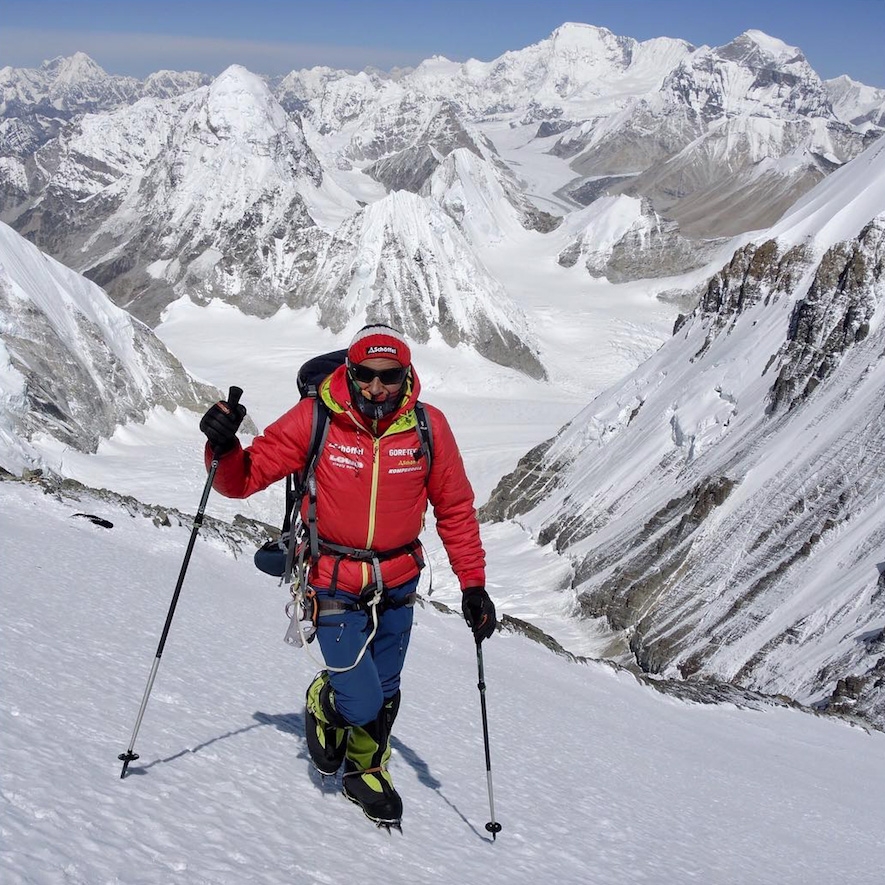
 1 / 1
1 / 1 Ralf Dujmovits archive
Ralf Dujmovits archive
Ralf Dujmovits, in 2009 the first and so far only German mountaineer to have climbed all 14 eight-thousanders, has failed to realise the dream he has been caressing for years: climbing Everest without supplementary oxygen. During the last three decades, the 55-year-old alpinist and former husband of Austria's Gerlinde Kaltenbrunner, the first woman to have climbed the 14 x 8000ers without supplementary oxygen, managed to reach the summit of all the highest mountains in the world except for Sagaramāthā, more commonly referred to as Everest, which he climbed in October 1992 with the use of O2 as of the South Col. From that moment onwards, Dujmovits has always dreamed of reaching the highest point in the world on his own accord. In the ensuing years he carried out various attempts but, as he himself stated "Each time something went wrong or circumstances were not good enough."
Dujmovits had traveled to Tibet this year “to undertake my 8th and definitely last attempt to climb Everest without supplemental oxygen." After an almost ideal acclimatisation period - an ascent of Cholatse (6440m) was followed by 16 nights above 6300m on the normal route up the North Face of Everest - Dujmovits waited not only for the good weather window, but also for the first “waves" of alpinists to ascend Everest, in order to avoid being blocked at altitude. Prior to his summit push, Dujmovits explained, "At my age climbing without supplemental oxygen one needs to climb at a very steady pace - can't speed up for overtaking (loosing too much body warmth) or can't wait at typical cueing points (loosing body warmth by just waiting). So I decided to wait for the atmosphere still warming more up and for not having to deal with lots of other climbers. Staying warm at this very high altitude is the key challenge of an ascent without supplemental oxygen. Only by hard and quick breathing the body is losing more body warmth than it is able to reproduce. "
On May 24, Dujmovits set off on his summit push, but was eventually forced to descend just before the Second Step on the Northeast ridge at 8580m due to unexpected winds and snowfall. Throughout his attempt Dujmovits was helped for the first time by a Sherpa - expert Lama Namgyal Sherpa, who had summited Everest eight times previously from the south. When the two returned to their tent after the failed summit push, it was Namgyal who convinced Dujmovits to use oxygen briefly, in order to avoid taking too many risks during the descent, also because the German had begun to lose feeling in his hands and feet. Dujmovits needed the entire descent to overcome his deep disappointment, but on his return to Base Camp he stated "Anyway - I'm happy to have all my toes and fingers.”
This is unfortunately how Dujmovits’ eighth attempt to climb Everest without O2 ends. Who knows whether it really is his definitive attempt. What is certain is that before the final assault, Dujmovits spent three nights at Camp III at 8300m - a period of time that indicates a perseverance and determination, but also a resistance to high altitudes, that is well beyond normal.



 Copia link
Copia link

